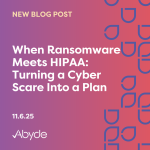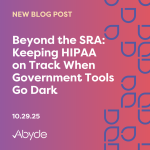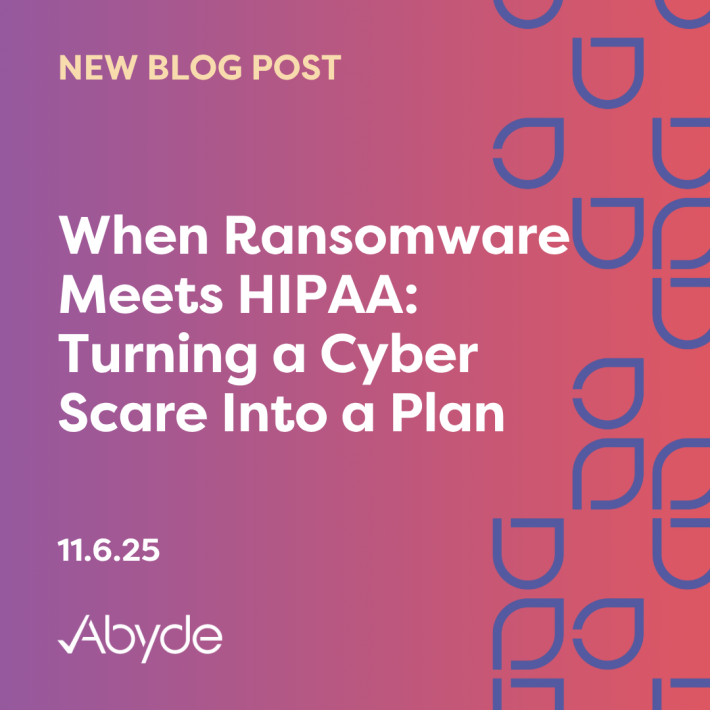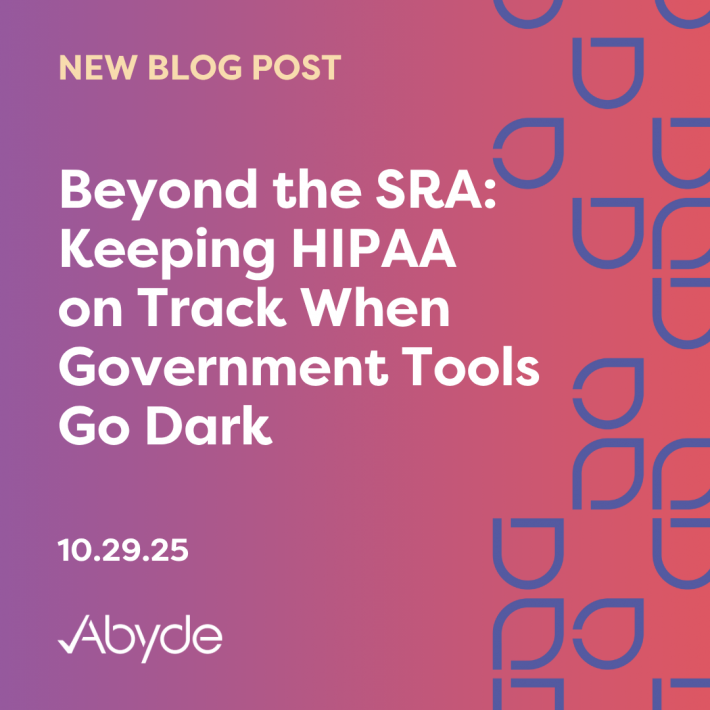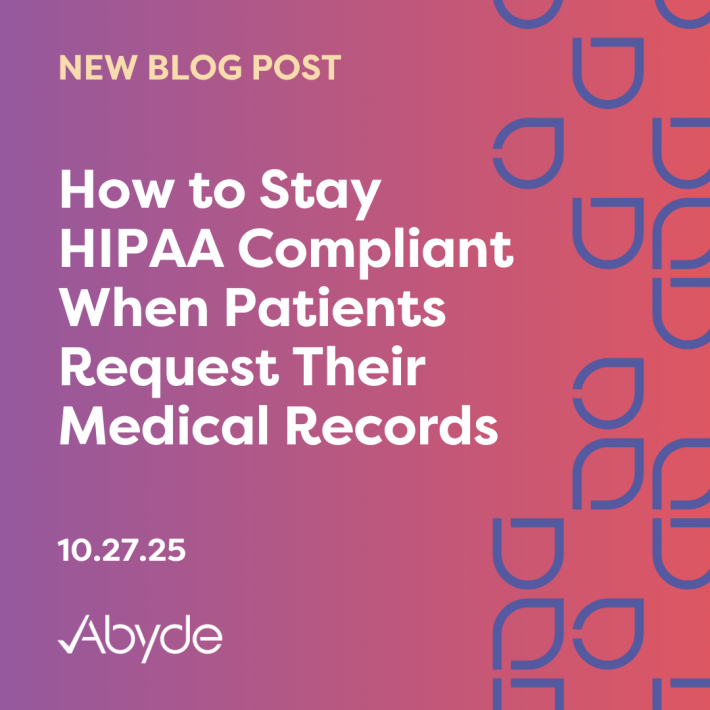August 21, 2025
Happy birthday, HIPAA!
Since the Health Insurance Portability and Accountability Act’s inception on August 21, 1996, to say healthcare has changed is an understatement.
As we journey through memory lane and maybe open a present or two, it’s essential to see how HIPAA has championed patient privacy rights and made healthcare better for all.
Life Before HIPAA
While 29 years ago might not feel that long ago, the way healthcare staff handle Protected Health Information (PHI) has completely changed.
When HIPAA first arrived, its purpose was simple: improve healthcare portability and reduce fraud. What wasn’t as obvious at the time was that it would reshape how privacy, security, and patient rights were protected across the country.
It was the 90s. The age of AOL dialup, grunge, and while not as memorable for most, the start of the digitization of health records. The government realized that healthcare’s move into the digital world would create risks instead of progress without rules for consistency, access, and security.
As the law was put in place to set a foundation for the rise of the internet, there was another glaring concern: patient privacy.
Before HIPAA, your health records could easily be shared with your employer, landlord, and more. This information could influence hiring decisions, deny loans, and even more reasons unrelated to a patient’s medical treatment or health care reimbursement.
HIPAA’s Revolution
As HIPAA was signed into effect, its core pillars continued to take shape. The final Privacy Rule was issued in 2003. Just two years later, the Security Rule in 2005 laid out the required technical, administrative, and physical safeguards for PHI.
But technology didn’t stop evolving.
As electronic health records became more widespread, so did the risks. This led to more legislation, including the HITECH Act of 2009, which strengthened HIPAA enforcement, increased penalties for noncompliance, and introduced the Breach Notification Rule, requiring organizations to notify patients when their data was exposed.
The Office for Civil Rights (OCR) also issued a final rule in 2013, which clarified legislation and increased the role that Business Associates play when handling sensitive information, and made it possible for vendors to be audited.
In the years since, HIPAA has continued to adapt to new challenges, like the rise of ransomware. Enforcement has also grown sharper, with multimillion-dollar settlements and corrective action plans reminding practices that compliance is not optional. HIPAA continues to grow and adapt to the future of technology, including new proposed updates likely to take effect next year.
What’s Next for HIPAA?
Over the past nearly thirty years, it’s clear that compliance isn’t just a regulation; it’s a responsibility.
Healthcare providers and business associates all share the duty of keeping PHI safe. With new challenges like AI-driven threats, cyberattacks, and shifting regulations, HIPAA’s next chapter will be just as important as its first.
As HIPAA continues to evolve, staying on top of HIPAA legislation can be overwhelming. With smart software, it doesn’t have to be. Intelligent software can stream the latest updates, documentation, and more to ensure your staff is compliant.
Here’s to HIPAA and what’s next for healthcare compliance.
Looking to learn more? Meet with a compliance expert today.

